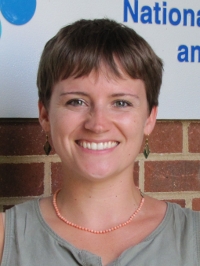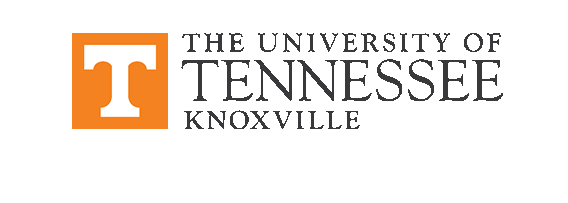Past NIMBioS Postdoctoral Fellow
Sarah Flanagan
 Dates: September 2016 - June 2018
Dates: September 2016 - June 2018
Personal Website
Twitter: @sarahpf19
Project Title: A predictive approach to population genomics using existing sequence data and a G matrix simulation model
Sarah Flanagan (Biology, Texas A&M Univ., 2016) developed different approaches to generate better a priori predictions for next-generation sequencing population genetics studies.
Upon completing her fellowship at NIMBioS, Dr. Flanagan accepted a position as Lecturer in the School of Biological Sciences at the University of Canterbury in Christchurch, New Zealand.
NIMBioS Profile: Q&A with Dr. Flanagan
NIMBioS Seminar: Identifying signatures of selection on the genome: Case studies using pipefish. Sep 20, 2016.
![]() Watch seminar online.
Watch seminar online.
Video Interview:
The genetic basis of complex traits
Publications while at NIMBioS
- Flanagan SP, Forester BR, Latch EK, Aitken SN, Hoban S. 2017. Guidelines for planning genomic assessment and monitoring of locally adaptive variation to inform species conservation. Evol utionary Applications. [Online]
- Flanagan SP, Jones AG. 2017 May 9. Constraints on the FST–heterozygosity outlier approach. Journal of Heredity. [Online]
- Flanagan SP, Jones AG. 2017. Genome‐wide selection components analysis in a fish with male pregnancy. Evolution. doi:10.1111/evo.13173 [Online]
- Flanagan SP, Rosenqvist G, Jones AG. 2016. Mate quality and the temporal dynamics of breeding in a sex-role-reversed pipefish, S. typhle. Behavioral Ecology and Sociobiology. doi:10.1007/s00265-016-2255-3 [Online]
Media Coverage
- Male pipefish pregnancy: It's complicated. NSF Science360 (5 January 2017)
- Male pipefish pregnancy: It's complicated. Science Daily (4 January 2017)
- Male pipefish 'motherhood' is complicated, new study shows. Earth.com (4 January 2017)
- Male pipefish pregnancy: It's complicated. Science Newsline (5 January 2017)
- Pipefish pairing. Biosphere Issue 23. (16 February 2017)
NIMBioS
1122 Volunteer Blvd., Suite 106
University of Tennessee
Knoxville,
TN 37996-3410
PH: (865) 974-9334
FAX: (865) 974-9461
Contact NIMBioS


